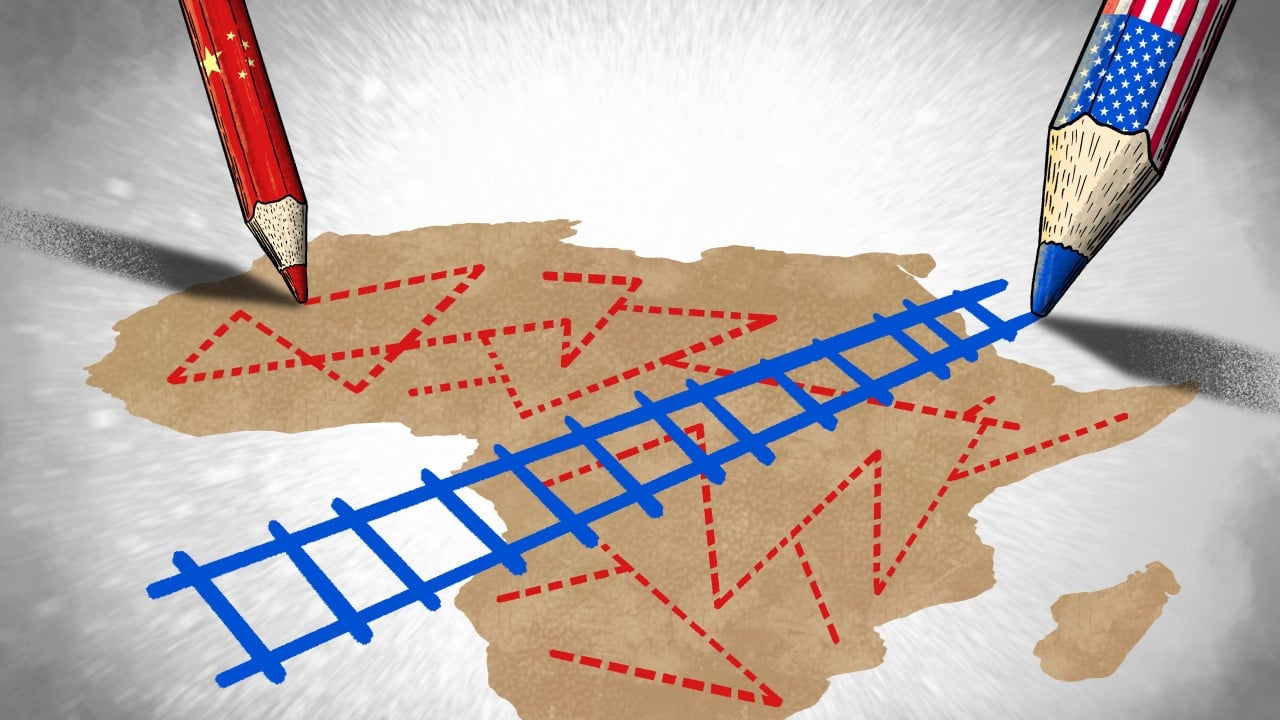From railways and highways to ports and power dams, China has bankrolled most of Angola’s post-war reconstruction over the past two decades.
Advertisement
Chinese presence in the South African country became apparent in 2002, when former president Jose Eduardo dos Santos invited Beijing to invest following the end of the 27-year Angolan civil war that devastated the country’s infrastructure and economy.
Now, the United States is challenging the dominant Chinese foothold in the region, by betting on a trans-Africa railway that would run from the Atlantic coast of Angola through the Democratic Republic of the Congo (DRC) and Zambia – a passage known as the Lobito Corridor – eastward to the Indian Ocean.
At stake for both powers: supply chains for critical minerals that would be shipped out by rail and later by sea. Sub-Saharan Africa holds an estimated 30 per cent of the world’s proven critical mineral reserves by volume, according to the International Monetary Fund.
Washington has grown wary of China’s large market shares in commodities in developing countries such as the DRC, according to Austin Strange, an associate professor of politics and public administration at the University of Hong Kong.
Advertisement
“A revitalised Lobito Corridor could help improve American and European access to critical minerals,” Strange said.
Today, the US and the European Union are investing billions of dollars to revamp the Lobito Corridor. This work involves the refurbishment of an existing rail line on the 1,344km (835-mile) Benguela Railway into southern DRC across the border, and the building of a new 800km railway line through northwestern Zambia.

